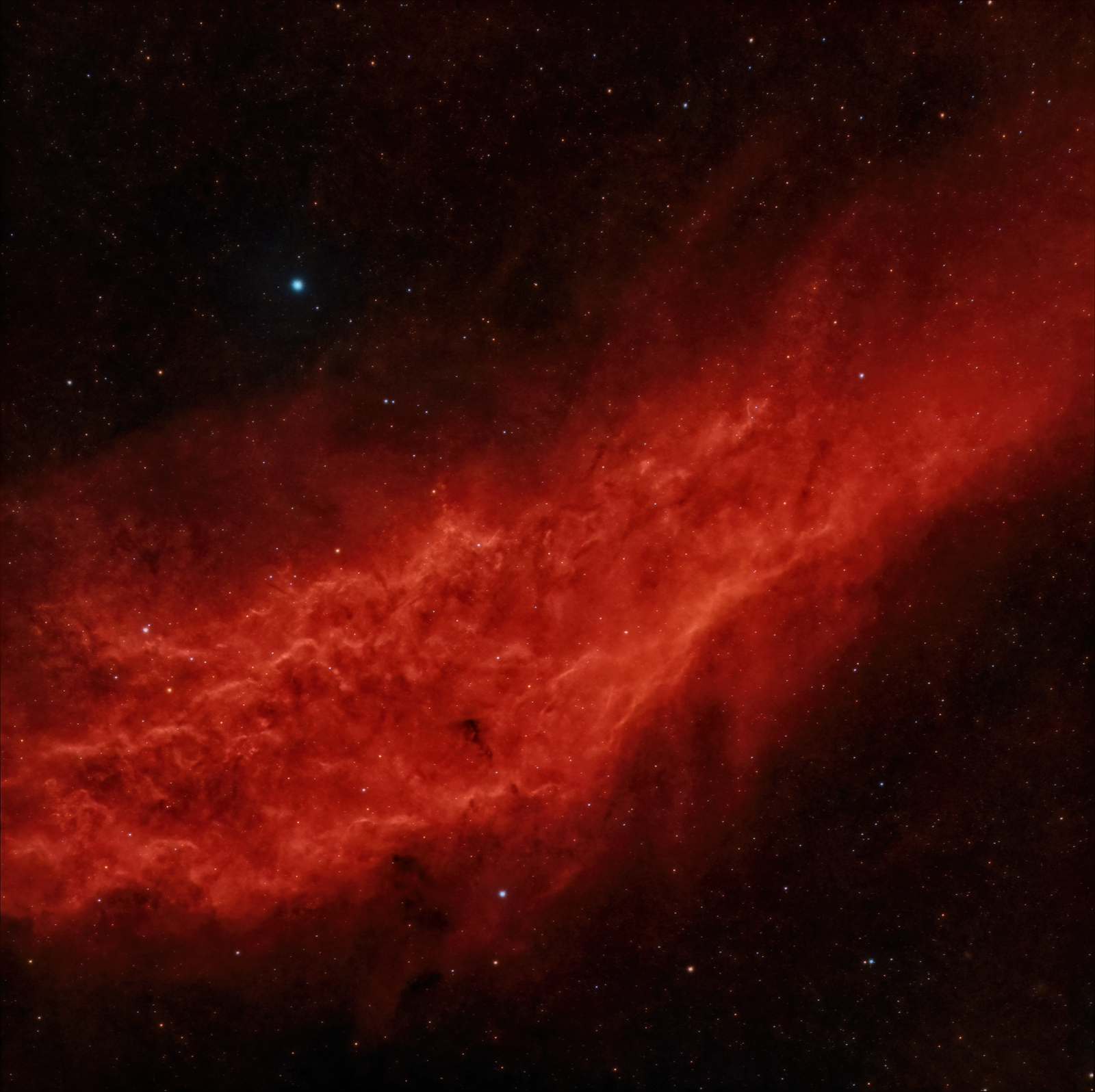Explore Scientific Smart Microscope Slide: Dicotyledon Cell Sample (Spanish)
| English | Français | Deutsche | Nederlandse | Italiano | Polskimi | Portuguesas | Español | 中国 | 日本人 | 한국어 |

Dicotyledons (sometimes called Dicots), are one of the two groups into which all the flowering plants or angiosperms were formerly divided. The name refers to one of the typical characteristics of the group, namely that the seed has two embryonic leaves (called Cotyledons). Below is a graphic of the inside of a Dicot seed.

Embryo of a Dicot Seed - Image reference: Tomatosphere/Let’s Talk Science
There are an incredible number of dicotyledons- nearly two hundred thousand species in all. Flowering plants that are not dicotyledons are called monocotyledons, typically having only one embryonic leaf. But many dicotyledons have the features of monocotyledons, and many monocotyledons have features of dicotyledons, so there is often confusion when trying to identify the differences.
This slide specimen of a dicot stem appears blue and red because of the Methelyne Blue and Eosin (red) stains used to highlight the individual cells structure against the background. Without the stains, these various shaped cells would appear generally colorless making it more difficult to examine the subtle structures. Specimen staining is just one technique to help students researching microscopic specimens to determine what they are (their morphology).












